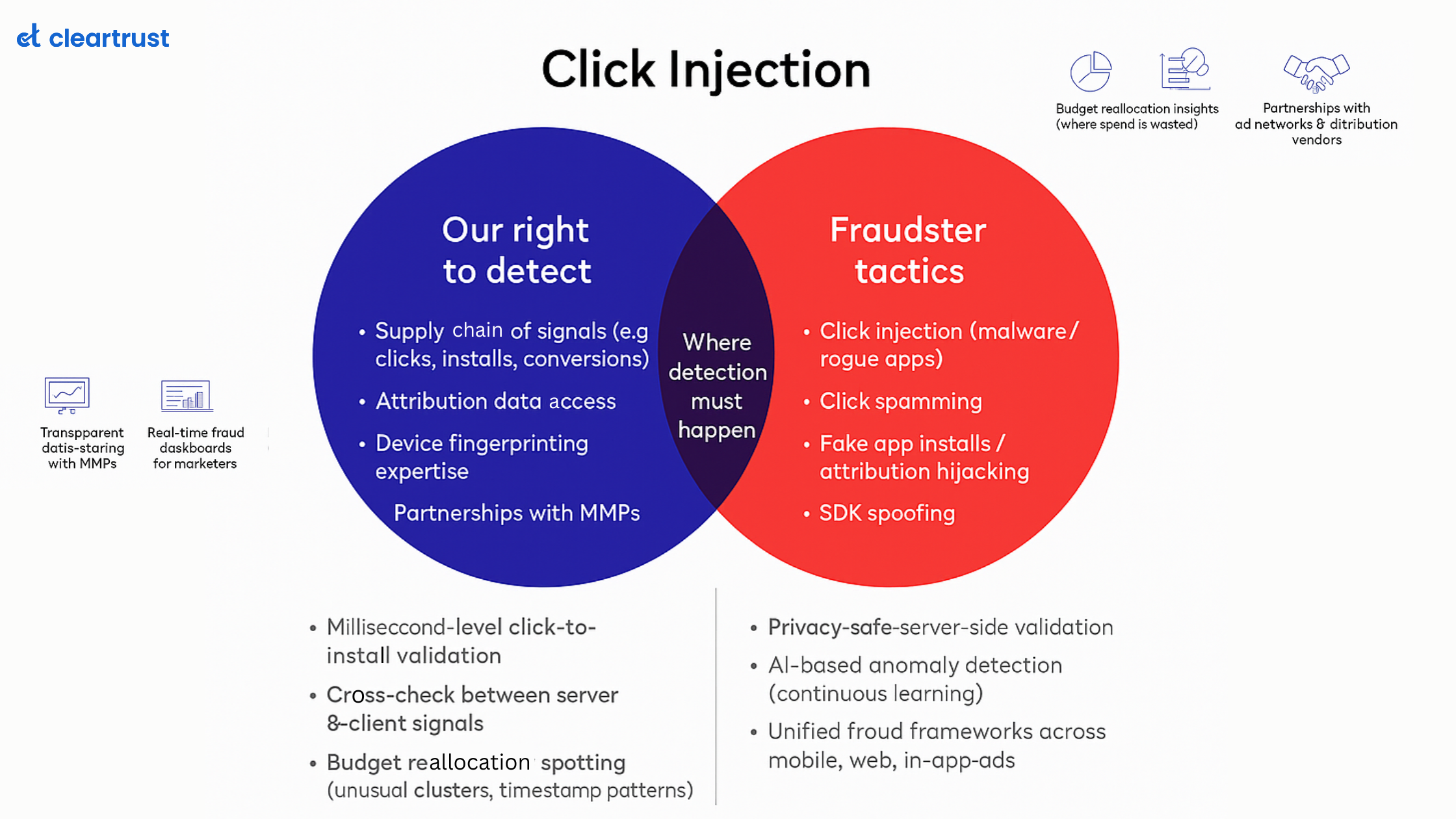In the fast-paced world of ad marketing, the user experience is paramount. As programmatic publishers, you're already well-versed in the dynamic landscape of digital advertising. But did you know that optimizing user experience can significantly impact your monetization efforts?
If not, then the next statistic will shock you. About 88% of online customers say they wouldn’t return to a website after having a bad user experience. Moreover, the attention span of any user is hardly a few seconds. Amid this, having a poor UX can impact the user retention rate, bounce rate and other metrics that determine publisher success.
In this blog, we'll delve into the crucial role user experience plays in ad marketing and explore actionable strategies to help you, the programmatic publishers, improve and maximize your revenue streams. So, let's navigate this exciting terrain together and uncover the key to effective monetization!
How does user experience impact publisher monetization?
User experience, often abbreviated as UX, holds the potential to be the game-changer in your ad marketing strategy. Here's how it can impact your monetization efforts-
- Reduced Ad Blocking- Ad blocking is a nightmare for publishers, leading to substantial revenue loss. A poor user experience, with intrusive or irrelevant ads, is a major driver of ad-blocking. By improving the user experience, you can reduce the likelihood of users resorting to ad blockers, thus ensuring your ads reach your target audience effectively.
- Increased Engagement- A seamless and enjoyable user experience keeps visitors on your site longer, engaging with your content. The more time users spend on your website, the more opportunities there are for them to view and interact with your ads. This increased engagement directly translates into higher monetization potential.
- Enhanced Brand Reputation- A positive user experience fosters trust and loyalty. Users are more likely to trust the brands and publishers that offer them a smooth and pleasant experience. This trust can lead to higher click-through rates and better ad performance, ultimately boosting your monetization efforts.
- Higher Quality Traffic- A well-optimized user experience attracts quality traffic, comprising users genuinely interested in your content. This audience is more likely to convert through ads, improving your ad marketing ROI and increasing revenue potential.
- Improved User Data- A positive user experience encourages users to provide valuable data, allowing you to deliver more targeted ads. This personalized approach can significantly increase click-through rates and conversion rates, making your monetization strategy more efficient.
How can publishers improve user experience?
Now that we understand the crucial role of user experience in ad marketing and publisher monetization, let's explore actionable strategies to enhance it
- Responsive Web Design- The first step is to ensure your website is mobile-friendly and responsive. With the majority of internet users accessing content on mobile devices, a seamless experience across different screens is imperative. Responsive design not only improves user satisfaction but also impacts your search engine rankings.
- Ad Placement- Be strategic in ad placement. Avoid intrusive ads that disrupt the user's experience. These are also some of the main reasons why people use ad blockers. Instead, integrate ads organically within your content, making them less obtrusive and more likely to be noticed and engaged with.
- Improve Ad Viewability- Ad viewability impacts the session duration of each user to a great extent. Rather than stuffing your website with too many ads that may irritate a user, improve the ad viewability by using advanced ad formats with high viewability like sticky and native ads. In case your website has a lot of content, consider implementing techniques like infinite scroll which is a pattern where the content is continuously added to the page as the user scrolls rather than stuffing everything at once. In this way, you can keep the user for a longer duration and show more ads.
- Page Load Speed- Optimize your website's loading speed. Users have little patience for slow-loading pages. Faster loading times not only improve the user experience but also positively impact your SEO, leading to more organic traffic. To ensure that the page-load speed is well-maintained, use the following strategies-
A) Implement lazy loading for below-the-fold ads. By doing so, ads which aren’t visible to the screen at the moment will not load until the user scrolls.
B) Use AMP ads as it helps mobile users with slow Internet connections.
C) Use server-to-server header bidding wrapper. This loads outside the user’s browser and ensures a much faster connection. - Content Relevance- Align your content with the interests and needs of your target audience. High-quality, relevant content not only improves user experience but also encourages users to spend more time on your site, increasing monetization opportunities.
- Avoid accidental clicks- Accidental clicks have far-reaching effects in terms of user experience. Google usually treats them as invalid clicks and imposes a two-click penalty. As a result of this, every time a user engages with an ad, he/she is not directly taken to the landing page. Instead, a ‘Visit Site’ button is displayed to the user which may lead to a significant drop in CTR.
In the world of ad marketing, user experience is a powerful tool that can significantly impact the monetization efforts of programmatic publishers. By reducing ad blocking, increasing engagement, enhancing your brand reputation, attracting higher-quality traffic, and improving user data collection, you can unlock the full potential of your ad revenue.








